By A Mystery Man Writer
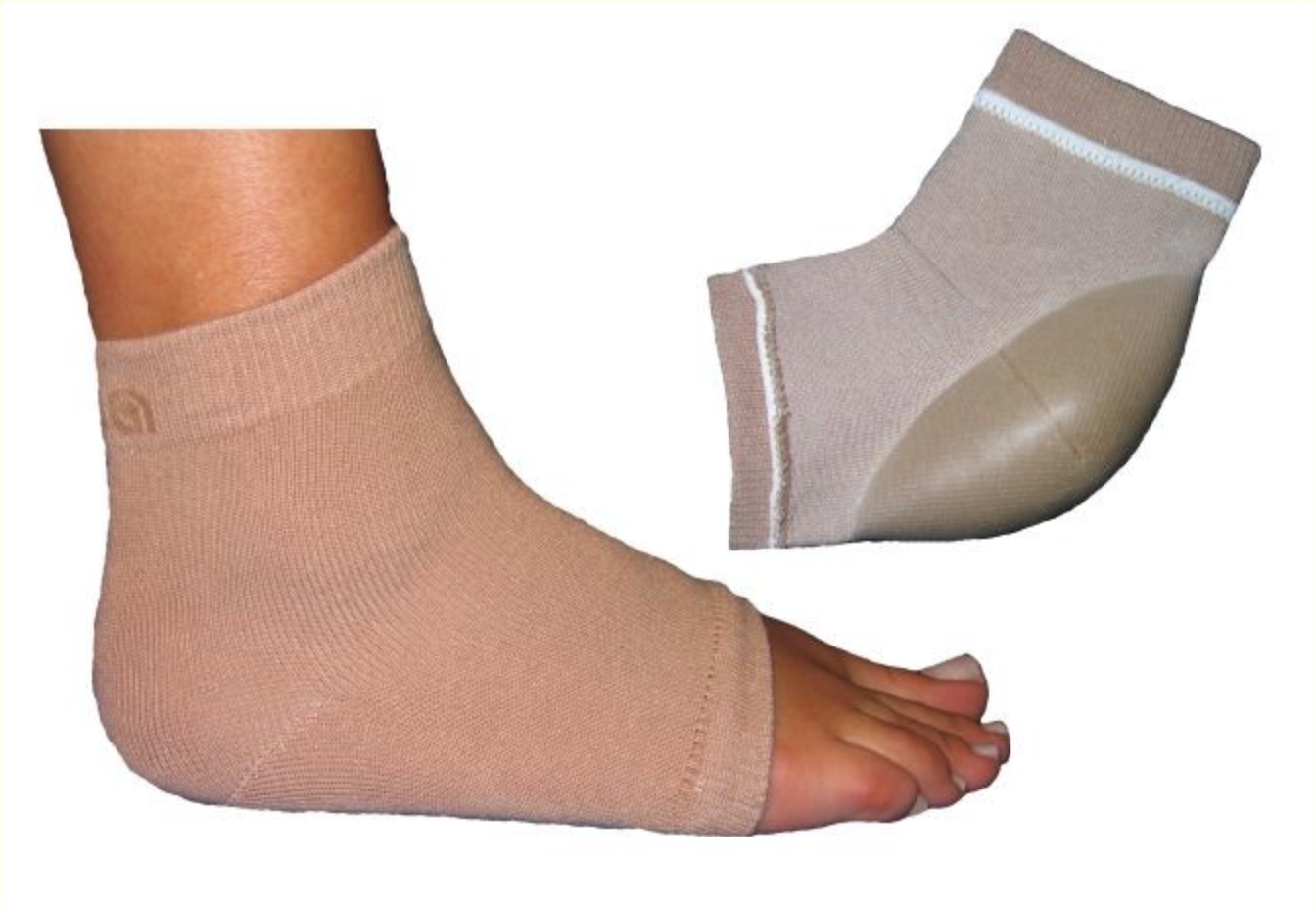
Why use an IWA Short Compression Sleeve Sock? While it’s impossible to say which muscle group or body part is most critical to the sport of gymnastics, it’s safe to say that the feet land near the top of the list. IWA 2900 comes with integrated heel angel for optimal shock absorption. Reduces heel bumps and protects the heel from and in case of heel bruises. Toe-free. Universal size S recommended for sizes EU34 - EU42. Heel Pain during Gymnastic Unfortunately, heel pain from plantar fasciitis is common among gymnasts and can make it very difficult to stick a landing, run, or even walk without severe heel pain. If you or a loved one tumble, it’s important to know the warning signs, risk factors, and steps to treat plantar fasciitis before it interferes with the sport you love. If that sounds
Why use an IWA Short Compression Sleeve Sock?
While it’s impossible to say which muscle group or body part is most critical to the sport of gymnastics, it’s safe to say that the feet land near the top of the list. IWA 2900 comes with integrated heel angel for optimal shock absorption. Reduces heel bumps and protects the heel from and in case of heel bruises. Toe-free. Universal size S recommended for sizes EU34 - EU42.
Heel Pain during Gymnastic
Unfortunately, heel pain from plantar fasciitis is common among gymnasts and can make it very difficult to stick a landing, run, or even walk without severe heel pain.
If you or a loved one tumble, it’s important to know the warning signs, risk factors, and steps to treat plantar fasciitis before it interferes with the sport you love.
If that sounds like you, the IWA short compression socks are the solution you’ve been waiting for. They will make sure your aching heels and sore feet feel much better, so you are no longer tentative in training and we have made this FIG compliant for competitions.
Gymnastics Socks
They have been specifically designed to ease the pressure being placed onto your Plantar Fascia and Achilles Tendon by tense calves. Specially designed target areas to help to cushion your movement which in turn alleviate the pain felt in your arches and heels. It’s as simple as pulling on a pair of socks and instantly you’ll feel the difference.
Achilles Tendonitis Compression Socks
These compression socks also benefit from high levels of comfort and breathability. So you can wear these these outside of the gym along with your normal shoes and you won’t suffer from overheating or sweaty feet as a result.
They are so comfortable you’ll quickly forget you’re even wearing them and will only remember when it comes to taking them back off later that night.
Short compression socks
Thanks to the carefully constructed design, these compression socks will help the healing process by improving blood circulation so you can get back to normal in no time at all. They can also be washed as normal and reused as many times as you need.
You’ll never have to worry about Plantar Fasciitis again thanks to these fantastic healing compression socks.
Features and Benefits:
Improves blood flow to assist with faster recovery.
Reduces inflammation to ease aching, throbbing feet and arches.
Provides ongoing support for your ankle.
Makes the reoccurrence of Plantar Fasciitis less likely.
High level of comfort and breathability.
Material composition: 82% Cotton, 18% Elastics.
FIG Compliant.
What size do I need?
The compression sock comes in one size and good to fit EU 34 to EU 42 which is a UK 2 - UK 8 and US 3 - US9.
Can you get Plantar Fasciitis from Gymnastics?
The short answer is yes. Heel pain from plantar fasciitis is very common among high-impact sports like tumbling or gymnastics that place a lot of strain and impact on the plantar fascia ligament, which runs along the bottom of the foot.
Plantar fasciitis is especially common in gymnastics because the sport is quite often done barefoot, without the support of our IWA shoes that help distribute and absorb the impact from jumping or running.
Heavy practice weeks, injuries that destabilise the foot and surrounding muscle groups, gymnastics routines that involve a lot of heavy impact or jumps and sudden movements can take a heavy toll on the plantar fascia. The fascia may flatten, making it difficult to absorb impact properly. And as damage compounds, the fascia may sustain small tears and micro-injuries that lead to pain and inflammation as it begins to deteriorate.
Risk Factors for Gymnastics and Foot Pain
Gymnasts are at particular risk for developing heel pain for a few different reasons.
Injuries to the feet or legs during practice or meets can lead to plantar fasciitis, even if the injury wasn’t directly to the foot or fascia. Injuries to the feet, legs, hips, knees, or ankles can cause biomechanical imbalances that change the gait put extra strain on the plantar fascia. Injuries can also lead to decreased flexibility and muscle strength in the muscle groups and ligaments that support the plantar fascia.
Repetitive movements (especially high impact jumps and landings) can lead to flattening and small tears in the plantar fascia. This repetitive impact can also cause the heel’s protective fatty pad to wear and grow thin, leading to increasing heel pain and sensitivity.
Because most tumbling and gymnastics routines are done barefoot, the arch can’t rely on any extra support from shoes. This means that the arch alone is left to absorb the impact of any high-impact landings, jumps, or running.
During intense periods of preparation for a meet, the arch may not be able to repair damage and rest properly, leading to compounding injuries and severe strain.
Since gymnastics is most often a sport performed by young people, it’s possible that the heel pain is not plantar fasciitis at all, but Sever’s disease.
It’s important to pay attention to these risk factors, and stay alert to any pain that may develop in your heels or feet after a meet or practice. Preventative care, combined with addressing warning signs of heel pain early can avoid setbacks and long recoveries.
Could Your Gymnast’s Heel Pain Be Sever’s Disease?
Sever’s Disease is a common condition in children ages 8-15 that, like plantar fasciitis, causes heel pain and discomfort while walking or standing.
Unlike plantar fasciitis, which is caused by strain and deterioration of the plantar fascia, Sever’s Disease develops when the heel bone (one of the first bones to reach full size) develops faster than the surrounding ligaments and muscles, making it more vulnerable to injury and trauma from high-impact activities like gymnastics!
If a gymnast complains of heel pain, redness or swelling in the feet, and has difficulty walking or standing, it’s important to rule out Sever’s disease with a doctor as quickly as possible, since ignoring this serious condition can have a long-lasting impact on a child’s growth and development.
Warning Signs of Heel Pain Associated with Tumbling
Heel pain in gymnasts may come on suddenly after an injury or gradually and sporadically. Because heel pain often develops gradually, it can be easy to ignore the warning signs of plantar fasciitis until significant damage to the fascia has taken place.
Pay attention to the following warning signs, and take steps to treat your feet with care:
Redness or swelling along the bottom of your foot.
Painful heels (especially first thing in the morning, when the plantar fascia is stiff and tight after a night of inactivity).
Pain that intensifies when you flex your toes upward and tense your foot (dorsiflexion).
Pain that is dull, aching, or sharp.
Pain that gets worse after heavy practice sessions or long periods of time on your feet.
Foot Care Tips for Gymnasts with Sore Heels
Proper foot care that protects your arch can help avoid plantar fasciitis, as well as treating heel pain symptoms if they do arise. Most cases of plantar fasciitis (about 90% can be treated easily and effectively at home). By catching the problem early, you have the best chance of a quick recovery without too much downtime from the sport you love:
Tape Your Feet
While your feet do need to stay bare for gymnastics, taping offers some of the support of shoes with none of the restriction. Use KT tape (which can stay in place for several days at a time) to protect and support your arch and foot, as well as improving blood flow and circulation.
Wear Specialised IWA Shoes
While gymnasts may not be able to wear most shoes, they can take advantage of the specific IWA shoes made for certain events. For example, apparatus shoes may be used when a gymnast performs a dismount. This can effectively minimise heel pain.
If you’re a gymnast, there’s no doubt that you’re strong! Make sure your feet, toes, and ankles can keep up with the rest of you in terms of strength and flexibility by doing regular stretches to strengthen the plantar fascia and surrounding muscles. Stiff, weak muscles and ligaments are easy to injure, while strong, flexible muscles and ligaments resist injury.
Why use an IWA Short Compression Sleeve Sock?While it’s impossible to say which muscle group or body part is most critical to the sport of gymnastics, it’s safe to say that the feet land near the top of the list. IWA 2900 comes with integrated heel angel for optimal shock absorption. Reduces heel bumps and protects the heel from and in case of heel bruises. Toe-free. Universal size S recommended for sizes EU34 - EU42.Heel Pain during GymnasticUnfortunately, heel pain from plantar fasciitis is common among gymnasts and can make it very difficult to stick a landing, run, or even walk without severe heel pain.If you or a loved one tumble, it’s important to know the warning signs, risk factors, and steps to treat plantar fasciitis before it interferes with the sport you love. If that sounds like you, the IWA short compression socks are the solution you’ve been waiting for. They will make sure your aching heels and sore feet feel much better, so you are no longer tentative in training and we have made this FIG compliant for competitions.Gymnastics SocksThey have been specifically designed to ease the pressure being placed onto your Plantar Fascia and Achilles Tendon by tense calves. Specially designed target areas to help to cushion your movement which in turn alleviate the pain felt in your arches and heels. It’s as simple as pulling on a pair of socks and instantly you’ll feel the difference.Achilles Tendonitis Compression SocksThese compression socks also benefit from high levels of comfort and breathability. So you can wear these these outside of the gym along with your normal shoes and you won’t suffer from overheating or sweaty feet as a result. They are so comfortable you’ll quickly forget you’re even wearing them and will only remember when it comes to taking them back off later that night.Short compression socksThanks to the carefully constructed design, these compression socks will help the healing process by improving blood circulation so you can get back to normal in no time at all. They can also be washed as normal and reused as many times as you need. You’ll never have to worry about Plantar Fasciitis again thanks to these fantastic healing compression socks.Features and Benefits:Improves blood flow to assist with faster recovery.Reduces inflammation to ease aching, throbbing feet and arches.Provides ongoing support for your ankle.Makes the reoccurrence of Plantar Fasciitis less likely.High level of comfort and breathability.Material composition: 82% Cotton, 18% Elastics.FIG Compliant.What size do I need?The compression sock comes in one size and good to fit EU 34 to EU 42 which is a UK 2 - UK 8 and US 3 - US9. Can you get Plantar Fasciitis from Gymnastics?The short answer is yes. Heel pain from plantar fasciitis is very common among high-impact sports like tumbling or gymnastics that place a lot of strain and impact on the plantar fascia ligament, which runs along the bottom of the foot.Plantar fasciitis is especially common in gymnastics because the sport is quite often done barefoot, without the support of our IWA shoes that help distribute and absorb the impact from jumping or running.Heavy practice weeks, injuries that destabilise the foot and surrounding muscle groups, gymnastics routines that involve a lot of heavy impact or jumps and sudden movements can take a heavy toll on the plantar fascia. The fascia may flatten, making it difficult to absorb impact properly. And as damage compounds, the fascia may sustain small tears and micro-injuries that lead to pain and inflammation as it begins to deteriorate.Risk Factors for Gymnastics and Foot PainGymnasts are at particular risk for developing heel pain for a few different reasons. Injuries to the feet or legs during practice or meets can lead to plantar fasciitis, even if the injury wasn’t directly to the foot or fascia. Injuries to the feet, legs, hips, knees, or ankles can cause biomechanical imbalances that change the gait put extra strain on the plantar fascia. Injuries can also lead to decreased flexibility and muscle strength in the muscle groups and ligaments that support the plantar fascia.Repetitive movements (especially high impact jumps and landings) can lead to flattening and small tears in the plantar fascia. This repetitive impact can also cause the heel’s protective fatty pad to wear and grow thin, leading to increasing heel pain and sensitivity.Because most tumbling and gymnastics routines are done barefoot, the arch can’t rely on any extra support from shoes. This means that the arch alone is left to absorb the impact of any high-impact landings, jumps, or running.During intense periods of preparation for a meet, the arch may not be able to repair damage and rest properly, leading to compounding injuries and severe strain.Since gymnastics is most often a sport performed by young people, it’s possible that the heel pain is not plantar fasciitis at all, but Sever’s disease.It’s important to pay attention to these risk factors, and stay alert to any pain that may develop in your heels or feet after a meet or practice. Preventative care, combined with addressing warning signs of heel pain early can avoid setbacks and long recoveries.Could Your Gymnast’s Heel Pain Be Sever’s Disease?Sever’s Disease is a common condition in children ages 8-15 that, like plantar fasciitis, causes heel pain and discomfort while walking or standing.Unlike plantar fasciitis, which is caused by strain and deterioration of the plantar fascia, Sever’s Disease develops when the heel bone (one of the first bones to reach full size) develops faster than the surrounding ligaments and muscles, making it more vulnerable to injury and trauma from high-impact activities like gymnastics!If a gymnast complains of heel pain, redness or swelling in the feet, and has difficulty walking or standing, it’s important to rule out Sever’s disease with a doctor as quickly as possible, since ignoring this serious condition can have a long-lasting impact on a child’s growth and development.Warning Signs of Heel Pain Associated with TumblingHeel pain in gymnasts may come on suddenly after an injury or gradually and sporadically. Because heel pain often develops gradually, it can be easy to ignore the warning signs of plantar fasciitis until significant damage to the fascia has taken place.Pay attention to the following warning signs, and take steps to treat your feet with care:Redness or swelling along the bottom of your foot.Painful heels (especially first thing in the morning, when the plantar fascia is stiff and tight after a night of inactivity).Pain that intensifies when you flex your toes upward and tense your foot (dorsiflexion).Pain that is dull, aching, or sharp.Pain that gets worse after heavy practice sessions or long periods of time on your feet.Foot Care Tips for Gymnasts with Sore HeelsProper foot care that protects your arch can help avoid plantar fasciitis, as well as treating heel pain symptoms if they do arise. Most cases of plantar fasciitis (about 90% can be treated easily and effectively at home). By catching the problem early, you have the best chance of a quick recovery without too much downtime from the sport you love:Tape Your FeetWhile your feet do need to stay bare for gymnastics, taping offers some of the support of shoes with none of the restriction. Use KT tape (which can stay in place for several days at a time) to protect and support your arch and foot, as well as improving blood flow and circulation.Wear Specialised IWA ShoesWhile gymnasts may not be able to wear most shoes, they can take advantage of the specific IWA shoes made for certain events. For example, apparatus shoes may be used when a gymnast performs a dismount. This can effectively minimise heel pain.If you’re a gymnast, there’s no doubt that you’re strong! Make sure your feet, toes, and ankles can keep up with the rest of you in terms of strength and flexibility by doing regular stretches to strengthen the plantar fascia and surrounding muscles. Stiff, weak muscles and ligaments are easy to injure, while strong, flexible muscles and ligaments resist injury.
Description, Ankle Support Sock, Material:nylon + polyester fiber + spandex, Color:white,purple,ligth blue, Size:S,M,L,XL, Packing list: 3 pairs Sock,

3Pairs Neuropathy Socks Peripheral Neuritis Compression Toeless Foot Sleeves -Ankle Gout,Plantar Fasciitis Relief Brace (L,Multicolor)

PF Compression Sleeve (Pairs)

Tuli's Cheetah Heel Cup with Compression Sleeve for

Dance Compression Socks - Prime Eligible / Sports

8 Pairs Compression Socks for Women and Men, Plantar Fasciitis Arch Support Low Cut Running Gym Compression Foot Socks : : Clothing, Shoes

8 Pairs Compression Socks for Women and Men, Plantar Fasciitis Arch Support Low Cut Running Gym Compression Foot Socks (S/M) : : Clothing, Shoes & Accessories
Run Forever Sports Foot Compression Sleeves, aka Plantar Fasciitis Sleeves, will apply graduated compression to the plantar fascia, increasing blood
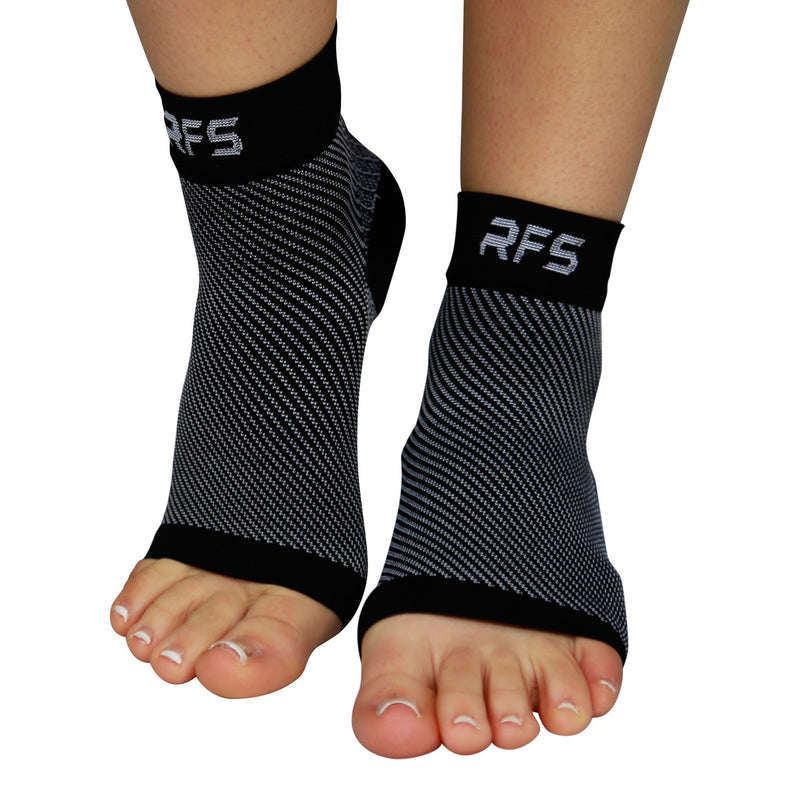
Plantar Fasciitis Foot Compression Sleeves - Run Forever Sports
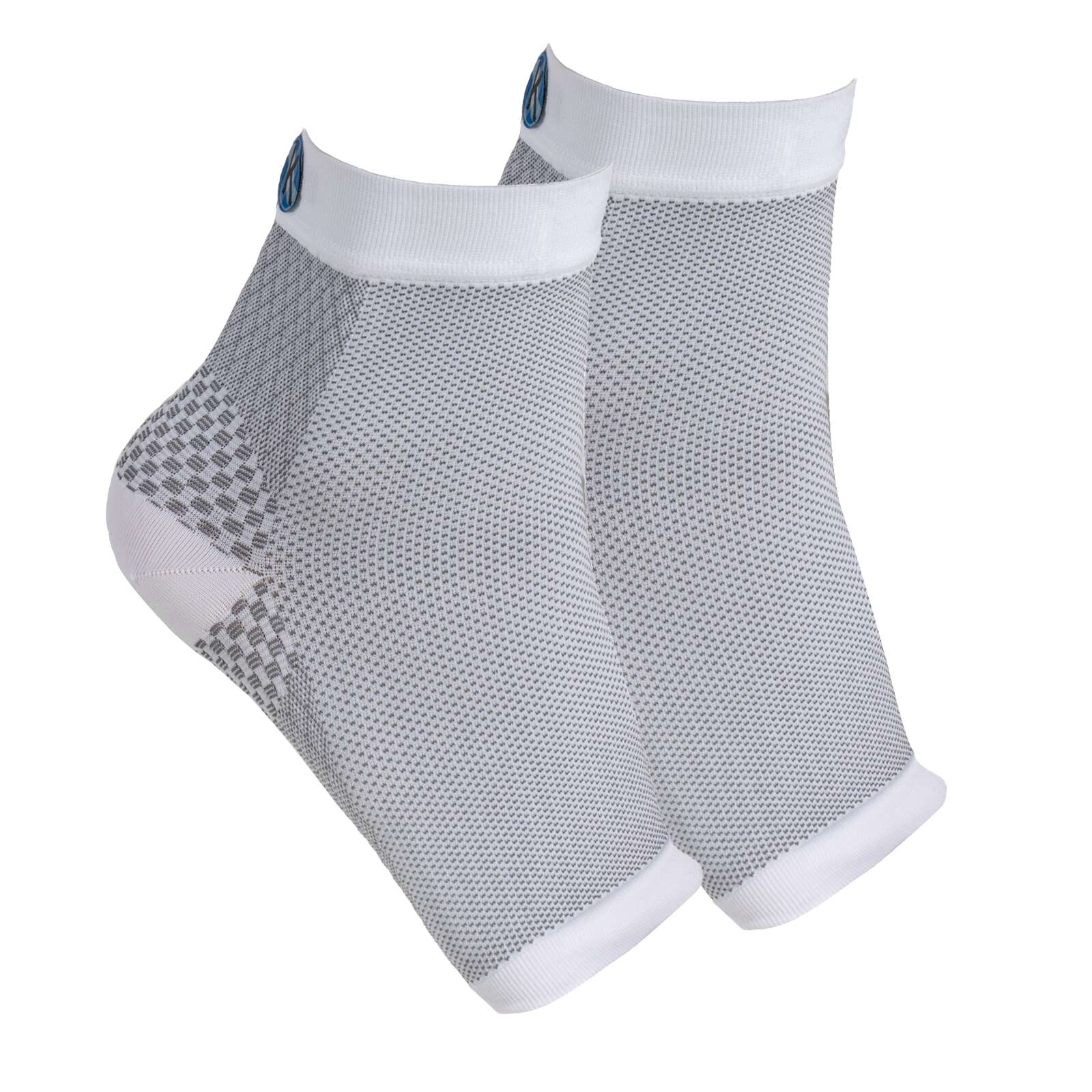
Plantar Fasciitis Foot Sleeves

Physix Gear Sport Plantar Fasciitis Socks with Arch Support for Men & Women - Ankle Compression Sleeve, Toeless Compression Socks Foot Pain Relief, Ankle Swelling - Better than Night Splint, Beige
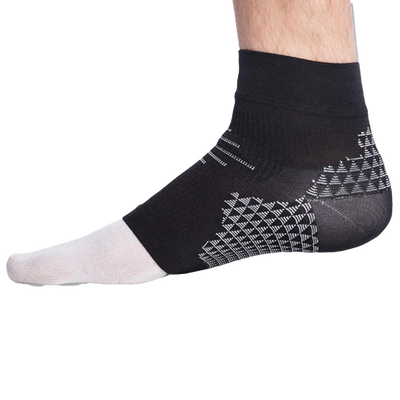
Compressions Socks & Sleeves, Cold Compression
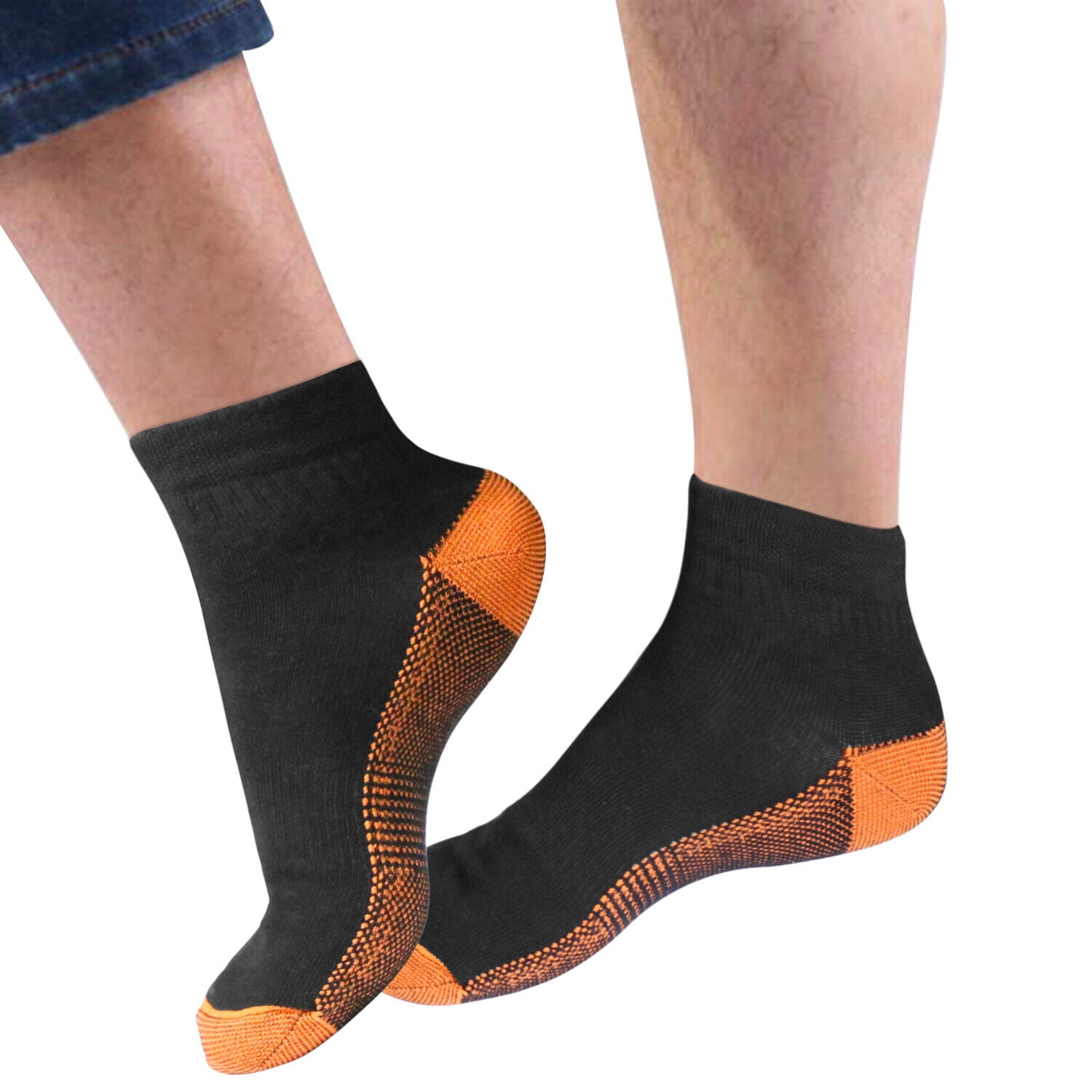
Elegant Choise 1-5Pairs Compression Socks Short Foot Sleeves for Plantar Fasciitis Pain
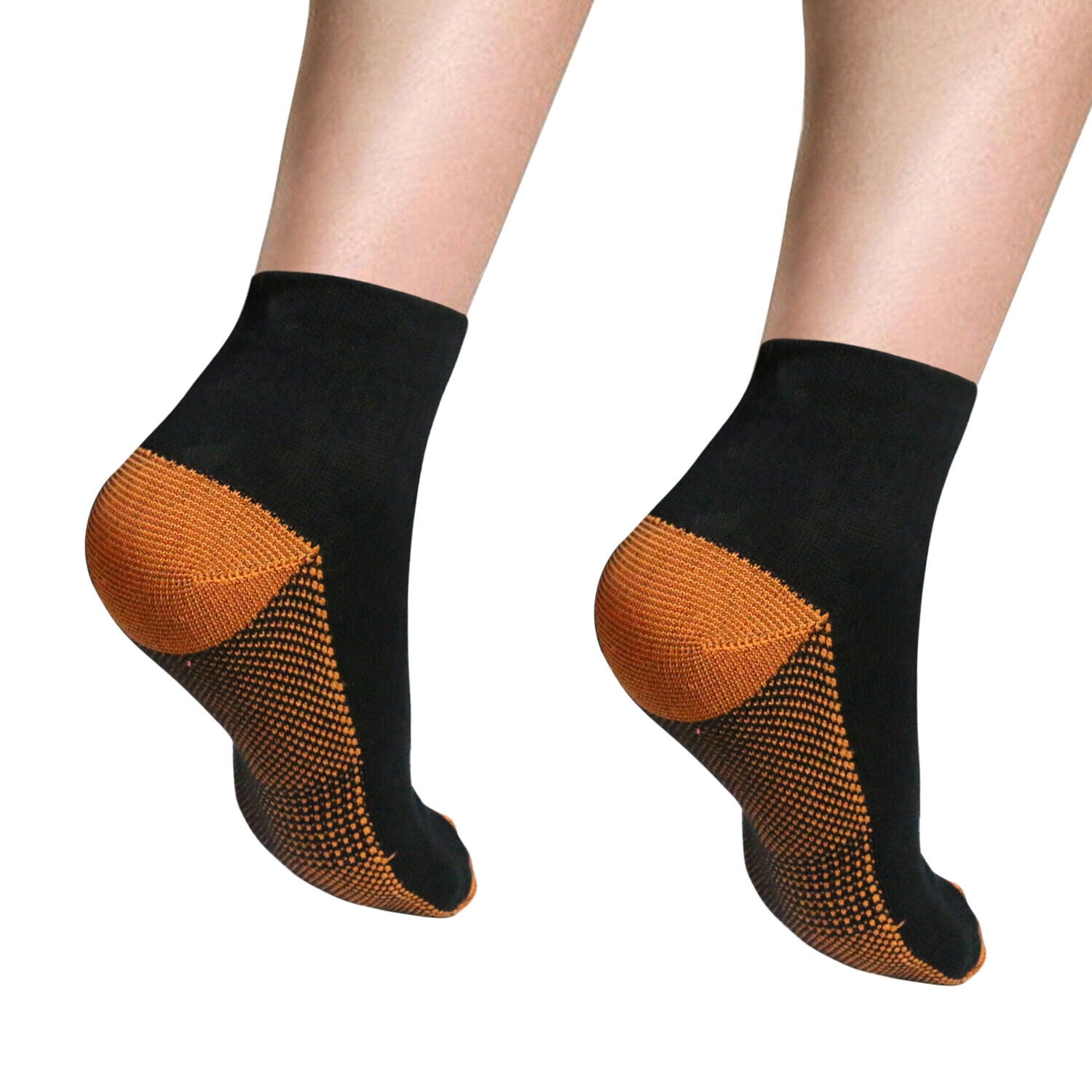
Elegant Choise 1-5Pairs Compression Socks Short Foot Sleeves for Plantar Fasciitis Pain